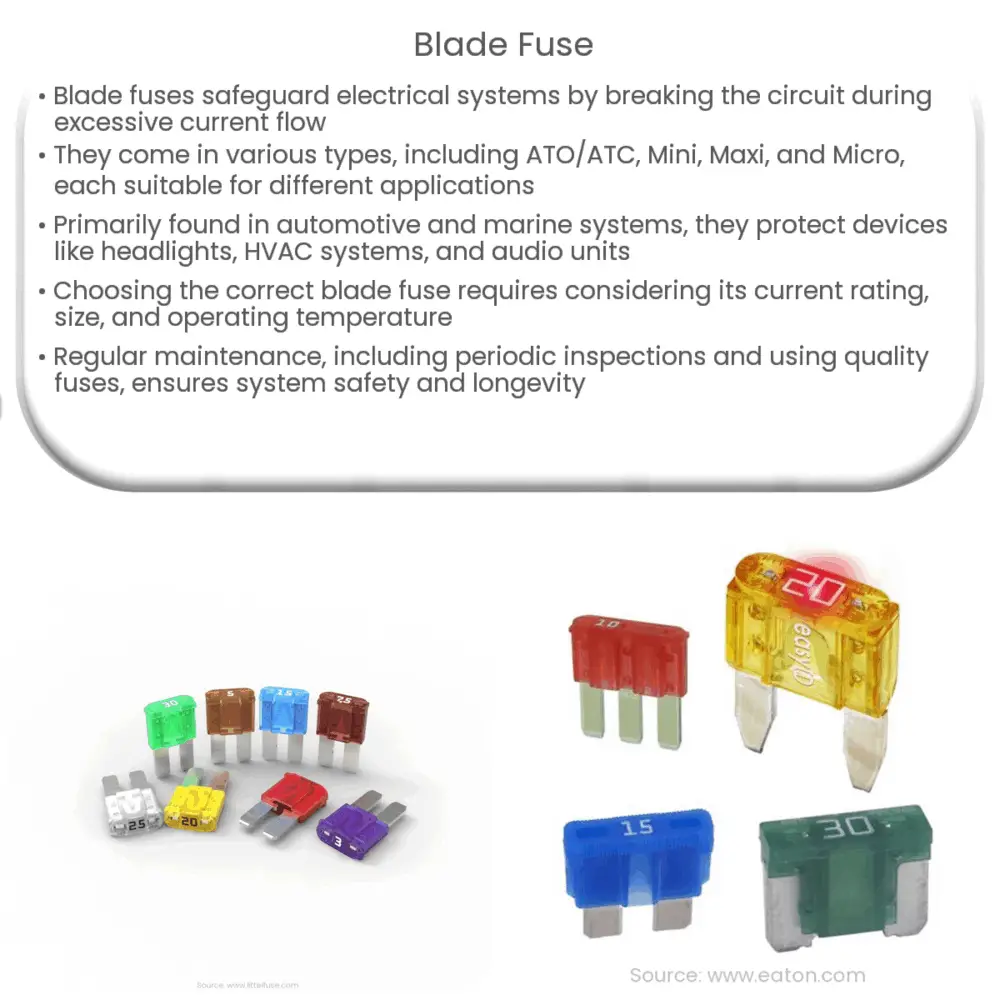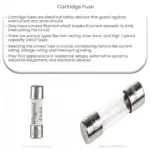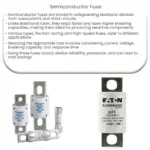Blade fuses safeguard electrical systems from excessive current, preventing damage and fires. They come in various sizes for diverse applications.

Introduction to Blade Fuses
Blade fuses are a critical component in many electrical systems, providing protection against excessive current flow that could damage devices or cause fires. They consist of a thin metal strip or wire that melts when exposed to a current higher than its rated capacity, breaking the circuit and preventing further damage. In this article, we will explore the different types of blade fuses, their applications, and how to choose the right one for your needs.
Types of Blade Fuses
Blade fuses come in various shapes and sizes, designed to accommodate different current ratings and applications. The most common types of blade fuses include:
- ATO/ATC Fuses: These are the standard automotive blade fuses, used in most vehicles for over 30 years. They have a current rating range of 1 to 40 amps and come in different colors to indicate their capacity.
- Mini Fuses: Smaller than ATO/ATC fuses, mini fuses are designed for modern vehicles with limited space. They have a current rating range of 2 to 30 amps and are color-coded as well.
- Maxi Fuses: Maxi fuses are larger and more robust than ATO/ATC fuses, designed for high-current applications. They have a current rating range of 20 to 100 amps, making them suitable for large electrical systems.
- Micro Fuses: These are the smallest blade fuses available, used in compact electronic devices and automotive applications with limited space. They have a current rating range of 2 to 30 amps.
Applications of Blade Fuses
Blade fuses are used in a wide range of applications, primarily in automotive and marine electrical systems. They protect various devices and circuits, such as:
- Headlights and tail lights
- Power windows and door locks
- Heating, ventilation, and air conditioning (HVAC) systems
- Audio systems
- Charging systems
- Accessory power outlets
Aside from automotive and marine applications, blade fuses can also be found in some household appliances, power tools, and electronic devices, providing protection against electrical overloads and short circuits.
Choosing the Right Blade Fuse
Selecting the appropriate blade fuse for your application is essential to ensure adequate protection and avoid potential hazards. Here are some factors to consider when choosing a blade fuse:
- Current Rating: Choose a fuse with a current rating that matches or slightly exceeds the maximum current of the protected circuit or device. This ensures that the fuse will only blow in case of an overload or short circuit.
- Size: Ensure that the fuse size is compatible with the fuse holder or fuse box in your application. Common sizes include ATO/ATC, mini, maxi, and micro.
- Operating Temperature: Some fuses are designed for high-temperature environments, such as engine compartments or outdoor applications. Make sure the fuse you select can withstand the operating temperature of your system.
Replacing a Blown Blade Fuse
When a blade fuse blows, it’s essential to replace it promptly to restore the function of the affected circuit or device. Follow these steps to replace a blown blade fuse:
- Locate the Fuse Panel: Consult your vehicle or device’s owner manual to find the location of the fuse panel, which usually contains a diagram indicating the purpose of each fuse.
- Identify the Blown Fuse: Inspect the fuses visually, looking for a broken or melted metal strip within the fuse’s transparent body. Alternatively, you can use a multimeter or test light to check for continuity.
- Remove the Blown Fuse: Carefully extract the blown fuse using a fuse puller, needle-nose pliers, or your fingers. Avoid using excessive force to prevent damage to the fuse holder.
- Replace with the Correct Fuse: Insert a new fuse with the same current rating and size as the blown one. Push the fuse firmly into the holder to ensure proper contact.
- Test the Circuit: Power on the circuit or device to verify that the replacement fuse has resolved the issue. If the new fuse blows immediately or soon after, consult a professional to diagnose the underlying problem.
Blade Fuse Maintenance Tips
Regular maintenance of your blade fuses can help prevent unexpected failures and extend the life of your electrical system. Here are some tips for maintaining your blade fuses:
- Periodic Inspection: Regularly check the fuses for signs of damage, corrosion, or wear. Replace any fuses that show visible signs of deterioration.
- Clean Fuse Contacts: Use a contact cleaner to remove dust, dirt, and corrosion from the fuse contacts in the fuse holder or fuse box. This ensures optimal electrical conductivity and prevents premature fuse failure.
- Carry Spare Fuses: Keep a spare set of fuses in your vehicle or toolbox, including different sizes and current ratings. This allows you to replace blown fuses quickly and minimize downtime.
- Use Quality Fuses: Choose fuses from reputable manufacturers to ensure reliable performance and durability. Inferior-quality fuses may fail prematurely or provide inadequate protection.
Conclusion
Blade fuses play a crucial role in protecting electrical systems and devices from damage caused by excessive current flow. By understanding the different types of blade fuses, their applications, and how to choose the right one, you can maintain the safety and performance of your electrical system. Regular maintenance and prompt replacement of blown fuses will further ensure the reliability and longevity of your devices and circuits.




